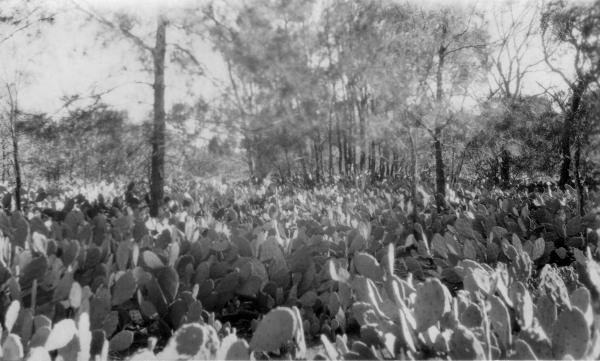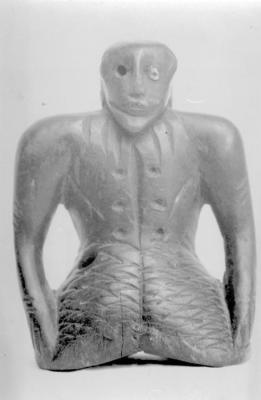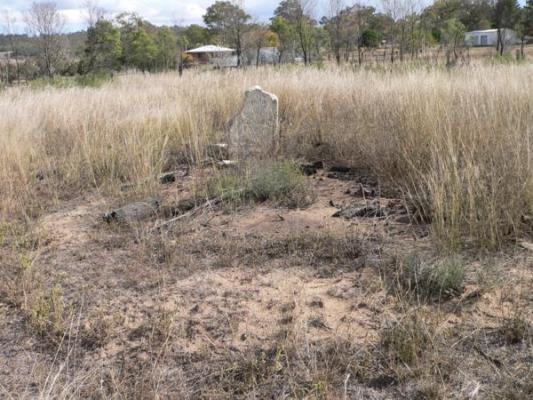By Beverley Jackson
The latest contribution from Rose City Writers, this week from BEVERLEY JACKSON…
In 1847 the New South Wales government gave Patrick Leslie permission to select a site for a town on his Canning Downs station. It was to be known as Canningtown, the local Aborigines knew the area as Gooragooby, but the name Warwick was chosen. The town was duly surveyed in 1849 and land was first sold in 1850. This was to be the site of modern day Warwick, and it grew to become a municipality in 1861 and to become a city (the second largest on the Darling Downs) in 1936.
Warwick is Queenslands second oldest city. I wonder if her forefathers ever envisioned what the future held for this thriving and diverse piece of dirt they occupied.
From Politicians to Poltergeists from Jazz in Jumpers to Jeanne Little, from Talgai skulls to Turtles, Warwick has experienced it all and much more in her 170 plus years of growth.
What I want to do is to explore and reveal to you some of the more obscure aspects of Warwick’s unusual and perhaps little known buried elements history.
Did you know when the Pricky Pear arrived in Australia or more specifically in Warwick?
It is recorded that in 1788 Prickly Pear plants were brought into Australia with the First Fleet to start a cochineal dye industry for the British Government. The type of pear involved is believed to have been the smooth tree pear (Opuntia moncantha).
In the 1800’s more aggressive and troublesome varieties were introduced and established and as the colony expanded further inland the pear went with them.
By 1839 the pear was considered a good standby for stock in drought and in 1848, shortly after Patrick Leslie was given permission to select Warwick’s future site, it was taken from Sydney to Warwick for a garden and hedge plant.
The rapid and relentless way this invasive plant took over expansive tracts of good lands in Warwick, the Darling Downs and Lockyer Valley lead to the first Prickly-pear Destruction Act (1886). In 1901 the Queens land Government offered a reward of £5,000 for the discovery of a satisfactory method of destroying the Prickly Pear. The reward was doubled in 1907. Still years passed and there was no firm way of getting rid of this pest.
At last in 1912 biological means of control was seriously being investigated as a means of eradication. Yet, it wasn’t until 1926 when eventually the Cactus Moth (Catoblastis cactorum), better know as Catoblastis was released. Success was eventually achieved and control was a reality, seventy-eight years after the Pear first arrived in Warwick.
Warwick has had her share of giving birth to many notable people, and politicians rank amongst them. Most notable was Sir Arthur Morgan, who was born on 19 September 1856, Arthur went on to be Premier of Queensland in 1903 to 1906, and then more recently Anna Bligh was born in Warwick a little over a hundred years later, on the 14 July 1960.
Politicians aside, did you know there is a little know fact that Jeanne Little of “Hello Darling’ fame, the zany lady with the raspy voice and the incredible eyelashes. The lady who made her debut on the Mike Walsh show in 1974, and went on to become queen of Australian daytime television, has a Warwick connection? Jeanne’s father, Norman Daniel Landstrome was an itinerant blacksmith from Warwick. I wonder if it was from this side of the family Jeanne inherited her luscious lashes?
Another obscure fact about Warwick! Did you know that the comfy little motel on Wood Street, otherwise known as the Buckeroo Motel, was the staging site for the collection of Emydura macquarii, otherwise known as the Freshwater Murray turtle, and that this modest motel has given its name to a genus of parasite?
In 1994 a specimens of this turtle were collected from the Leslie dam. Tests were carried out on the previously unnamed parasite, which inhabits the small intestine of this turtle. The name as published by The American Society of Parasitoligists given to this parasite was none other than Buckerootrema goodman. You thought it was a cowboy didn’t you?
Perhaps you may be able to help solve a couple of unsolved mysteries.
Along with Dunwich on Stradbroke Island, Warwick cemetery is the oldest in Queensland, established 1859. Yet on the 10 February 1887, in a lonely paddock an unidentified person, with the surname of Owen or Owens, aged 38 years was buried on the site of the former Rosenthal Homestead. This forlorn and battered sandstone headstone is in terrible repair and there is no knowledge of who this person is or why they were buried here. Perhaps you can help?
We move on to the year 1927. An effigy of what could only be described as a Fishman was found. Where it was found or by who is unknown, the only information is that it was found near Warwick Queensland. Its origins and reason for being here and current whereabouts remain a mystery to this day. All that remains though, is a photograph held by the John Macmillan Brown archives, in the University Of Canterbury Christchurch, New Zealand.
Sporting a head somewhat smaller in proportion to its compact stocky body, this statue is definitely masculine in appearance. Measuring 12mm in height, this strange bearded Fishman has broad swimmer style shoulders (perhaps to help him swim all the harder with his stumpy fish tail.) A scar type depression runs the full extent of his breastbone and down his scaly lower abdomen. Impressions resembling perhaps buttons, or is it suture scars straddle the breastbone.
The Macmillan Brown Library holds over 3000 linear metres of documentary archival material. How they came by this photograph connected to Warwick or any information on this find is a mystery to them also.
Can you help them solve this riddle?
It is interesting to see how many obscure facts lie under Warwicks elegant well matured demure. I hope you have enjoyed a brief trip into the obscure. Maybe if I keep digging I might be able to come back to you with Part Two. Who knows?









